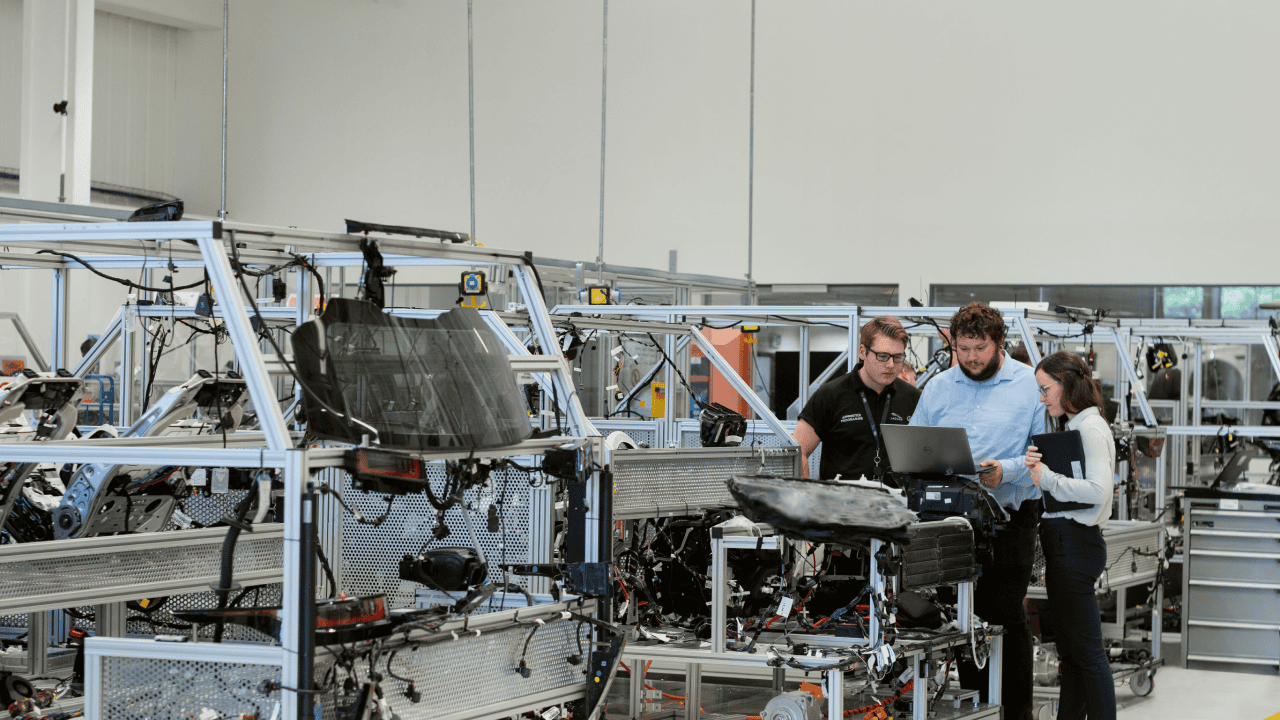
Driving Success in the Auto and Medical Industries: B2B Strategies and Resources
In the dynamic world of business-to-business (B2B) industries, auto and medical sectors stand out for their constant evolution and unique challenges. Whether you’re running an auto business, managing an automotive body shop, or overseeing a medical practice, the need for effective management, innovative marketing, and resource optimization is paramount. This article explores key strategies, current trends, and actionable insights tailored to automotive businesses and medical practices alike, focusing on keywords such as auto business, mechanic business resources, auto body shop business marketing, medical business, practice management bridge, and medical practice software.
Automotive Business: Driving Growth with Strategic Marketing
1. The Power of Local SEO for Auto Businesses
For auto businesses, local visibility is critical. Potential customers searching for “auto body shops near me” or “mechanic services” rely heavily on local search results. Optimizing your Google Business Profile, encouraging positive customer reviews, and incorporating location-specific keywords can significantly boost your online presence. For instance, a small auto body shop in Los Angeles saw a 45% increase in foot traffic after implementing a targeted local SEO strategy.
2. Leverage Social Media and Content Marketing
Platforms like Instagram and Facebook are goldmines for auto businesses. Showcase before-and-after photos of repair jobs, share customer testimonials, and post videos of mechanics at work to engage your audience. Additionally, publishing blogs about common car maintenance tips can position your business as an industry expert.
3. Collaboration with B2B Vendors
Partnering with parts suppliers, tool manufacturers, and insurance companies can streamline operations and enhance customer satisfaction. Offering promotions in collaboration with these vendors can also attract more clients.
4. Data-Driven Insights
Leveraging customer management software to track repeat customers, identify peak service times, and assess repair trends can help auto businesses optimize their operations and customer experience. For instance, a Chicago-based mechanic used analytics to predict seasonal demands, resulting in a 20% revenue increase during peak seasons.
Mechanic Business Resources: Tools for Operational Excellence
1. Technology-Driven Solutions
Mechanic businesses can enhance efficiency by adopting technology like inventory management systems, appointment scheduling software, and diagnostic tools. Modern platforms such as Shop-Ware or AutoLeap allow shops to manage workflow seamlessly and keep customers updated in real-time.
2. Training and Certification Programs
Staying updated on the latest automotive technologies is essential. Offering your team training opportunities, such as ASE certifications, ensures they stay competitive and informed about evolving industry standards.
3. Networking and Trade Shows
B2B trade shows like AAPEX and SEMA provide excellent opportunities for mechanics to connect with vendors, discover the latest tools, and explore potential partnerships.
Auto Body Shop Business Marketing: Strategies for Success
1. Targeted Advertising
Invest in targeted online advertising on platforms like Google Ads or Yelp. Use precise keywords such as “auto body repair” or “collision repair services” to attract high-intent customers.
2. Email Marketing Campaigns
Email marketing remains one of the most effective B2B strategies. Share seasonal promotions, maintenance tips, or loyalty rewards with your existing customer base to foster repeat business.
3. Visual Storytelling
An auto body shop in Atlanta doubled its Instagram followers by showcasing stunning transformations of damaged cars into pristine vehicles. High-quality visuals can create a lasting impression and build trust.
Medical Businesses: Streamlining Practice Management
1. The Role of Medical Practice Software
Efficiency and accuracy are the backbones of medical practice management. Tools like Athenahealth and Kareo streamline scheduling, billing, and patient communication. Investing in the right software ensures seamless operations and enhances patient satisfaction.
2. Embracing Telemedicine
With the rise of telemedicine, medical practices can expand their reach while offering convenience to patients. Practices integrating telehealth services report improved patient retention and revenue growth. For example, a Texas-based clinic saw a 30% increase in patient engagement after adding telemedicine options.
3. Building a Practice Management Bridge
Collaborating with vendors, insurance providers, and technology companies helps create a “practice management bridge”—a seamless connection between various stakeholders in the medical ecosystem. This holistic approach improves efficiency and reduces administrative burdens.
4. Compliance and Security
Medical businesses must prioritize data security and compliance with regulations such as HIPAA. Implementing robust cybersecurity measures and ensuring staff training can mitigate risks and build trust with patients.
Common Threads: Learning from Both Sectors
1. Customer-Centric Approach
Whether you’re running an auto business or a medical practice, the customer or patient experience should be at the core of your operations. Surveys, feedback forms, and regular communication can help you identify areas for improvement.
2. Digital Transformation
Both industries benefit from embracing digital tools—be it medical practice software or mechanic management platforms. Automation not only enhances productivity but also reduces errors and improves overall efficiency.
3. Marketing That Resonates
Tailoring your marketing strategy to your audience’s needs is essential. Auto businesses should focus on local visibility and visual storytelling, while medical practices should prioritize trust-building and patient education.
Looking Ahead: Trends to Watch
Automotive Industry Trends
- Adoption of electric vehicle (EV) repair services as EVs become more prevalent.
- Increasing use of AI-powered diagnostic tools.
- Growth in on-demand mechanic services and mobile repair units.
Medical Industry Trends
- Expansion of AI in patient diagnosis and care recommendations.
- Rising demand for integrated practice management software.
- Greater emphasis on mental health services within medical practices.
Conclusion
The auto and medical industries may seem worlds apart, but they share a common need for innovation, resource optimization, and strategic growth. By leveraging the right tools, staying informed about industry trends, and maintaining a customer-centric approach, businesses in both sectors can thrive in today’s competitive landscape. Whether you’re exploring mechanic business resources or searching for the best medical practice software, continuous learning and adaptation are your keys to success. Looking forward, businesses that embrace change and prioritize collaboration will lead their industries into a prosperous future.